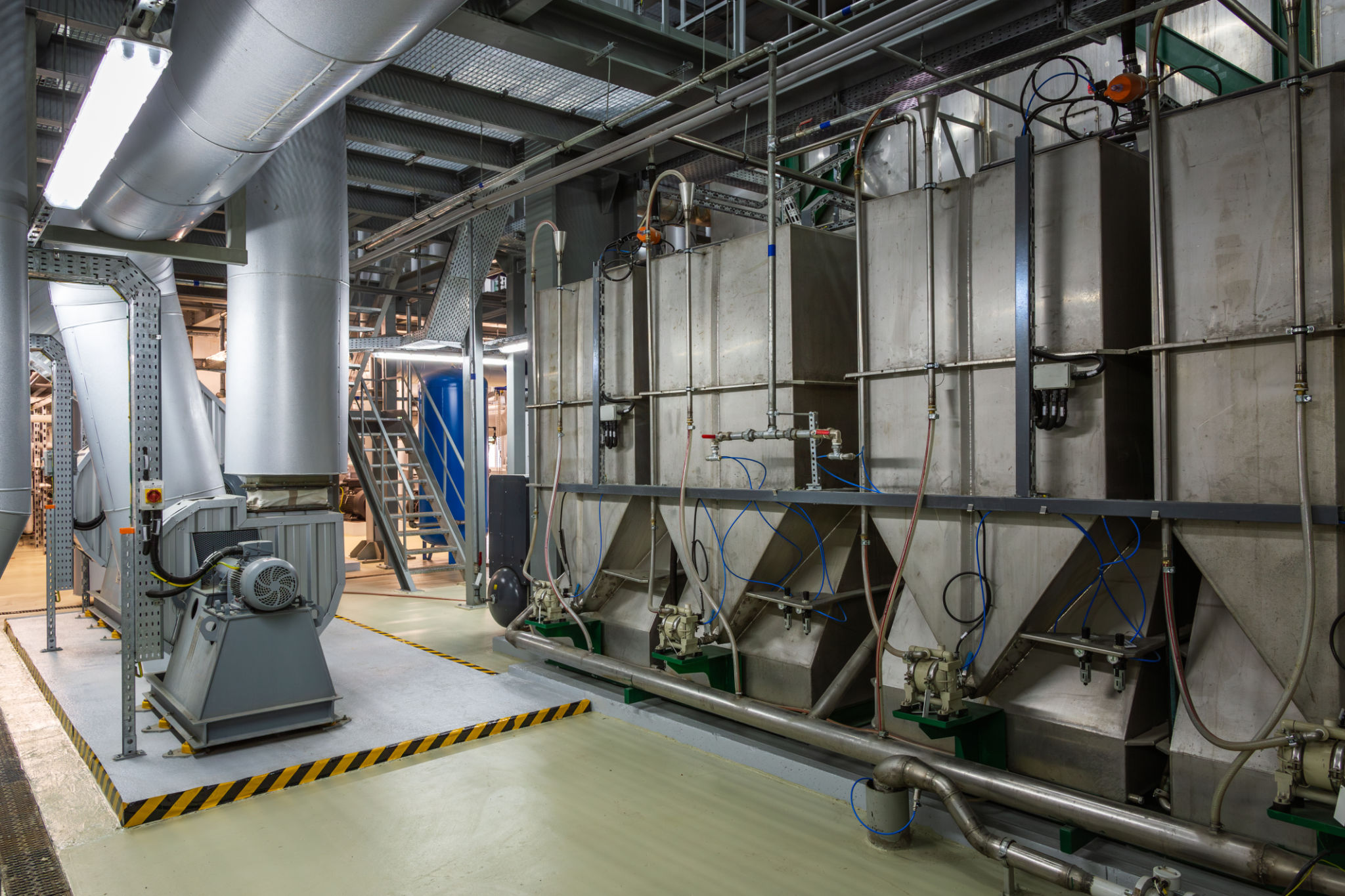How Structural Drying Services Prevent Mold Growth After Water Damage
Understanding Structural Drying
Structural drying is a crucial component in the aftermath of water damage. This process involves removing excess moisture from the building materials and contents to prevent further damage. By employing specialized equipment such as air movers and dehumidifiers, professionals can effectively dry out walls, floors, and other affected areas. This method not only expedites the drying process but also minimizes the risk of mold growth.
The key to successful structural drying lies in its systematic approach. It begins with a comprehensive assessment of the affected area to determine the extent of the water damage. Once identified, professionals can then implement a tailored drying plan that ensures all moisture is adequately removed.

Why Mold Growth is a Concern
Mold can develop rapidly after water damage, often within 24 to 48 hours. Mold spores thrive in damp environments, and without proper intervention, they can spread quickly, affecting the health of occupants and the integrity of the building. Exposure to mold can cause respiratory issues, allergic reactions, and other health concerns, making it imperative to address moisture levels promptly.
In addition to health risks, mold can lead to structural damage. It can weaken walls, ceilings, and floors, causing them to deteriorate over time. This not only affects the safety of the building but also decreases its value.

The Impact of Proper Moisture Control
Effective moisture control is essential in preventing mold growth. By employing structural drying services immediately after water damage occurs, you can significantly reduce the likelihood of mold infestation. Professionals use advanced technology to monitor moisture levels and ensure that all affected areas are dried thoroughly.
Moreover, structural drying helps prevent secondary damage caused by water exposure. This includes issues such as wood rot, paint peeling, and wallpaper bubbling. By addressing these concerns early on, homeowners can save on costly repairs in the future.

Steps Involved in Structural Drying
The structural drying process typically involves several key steps:
- Assessment: Identifying impacted areas and determining moisture levels.
- Water Extraction: Removing excess water using pumps and vacuums.
- Air Movement: Utilizing air movers to enhance evaporation.
- Dehumidification: Employing dehumidifiers to remove moisture from the air.
- Monitoring: Continuously checking moisture levels to ensure complete drying.
The Role of Professionals in Structural Drying
Hiring professionals for structural drying services is crucial for effective moisture removal and mold prevention. These experts have the necessary training and equipment to handle water damage efficiently. They can identify hidden moisture pockets that might be missed otherwise, ensuring a comprehensive drying process.
Professionals also adhere to industry standards and guidelines, providing peace of mind that your property is being restored safely and effectively. By choosing experienced technicians, you can trust that your home or business will be protected from future mold-related issues.
Conclusion
In conclusion, structural drying services play an integral role in preventing mold growth after water damage. By quickly removing moisture and employing advanced drying techniques, these services help safeguard both health and property. If you experience water damage, it is vital to act swiftly and engage professional structural drying services to mitigate risks and ensure a safe living environment.